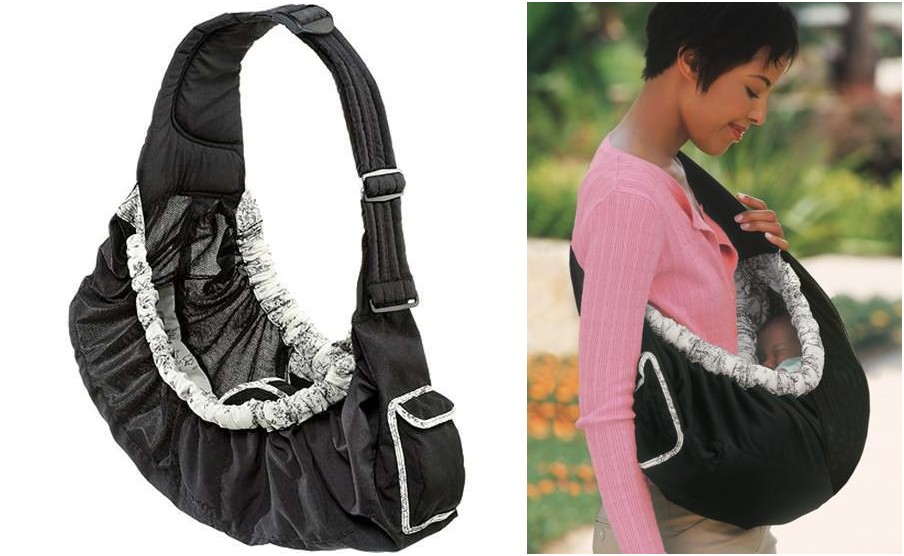 Safety Essentials
Safety Essentials
-
Continually check that baby's airways are clear so there is no suffocation risk
-
Tighten the carrier securely so baby can't fall out
-
Baby is never covered by adult clothing or a blanket to avoid suffocation or overheating
-
Always reposition baby back to an upright position immediately after feeding and retighten your carrier
Unsafe positions
Thanks for Boba for these excellent images
Safety points to note:
- You are still responsible for your baby at all times, not the carrier! You need to be able to monitor your baby at all times, see and feel their breathing.
- Never cover your baby with a blanket or adult clothing when in a carrier - Covering is a both suffocation and overheating risk that has resulted in the tragic loss of babies.
- There are no New Zealand safety standards for baby carriers. Where possible, we recommend you always use a baby carrier that meets either the US or EU safety standard.
- Only use a baby carrier in the upright position. Do not use a sling in the lying down cradle position as this can close your baby’s airway. Check regularly to ensure their chin is always off their chest to protect their airways.
- Always use a hand to support your baby if bending over to ensure baby does not fall out. Carriers are not designed for bending over hands free.
- The carrier should provide support for the baby’s body, hips and neck. The carrier should be tight enough that your child does not fall away from your body when you move, but not too tight that it straightens their spine or curves their spine towards you.
- Check your baby can breathe freely at all times with nothing covering their face - No part of the carrier, hood or an adult jacket should be over baby’s face.
- Avoid baby’s face being squished in the soft part of your chest or in bulky clothing. A good rule of thumb is that baby’s head is close enough to kiss without needing to bend.
- If you feed baby in the carrier, always reposition back to an upright position straight after feeding and tughten the carrier. It is a suffocation risk to leave baby contually feeding in the carrier, particularly in a reclined or cradle position.
- Make sure there are no points, sharp edges, choking hazards, small loops, clips, or buckles to trap small fingers and toes. Check your carrier regularly for ripped seams, sharp edges, and loose or missing buckles.
- Hold your baby over something soft — like a bed — when you are learning to use a carrier.
- Hoods should only be used with older babies on the back to support their head while sleeping. Care must always be taken if using a hood with a small baby – use the hood done up on one side only, ensure airways are not compromised and you can monitor your baby at all times.
- Check the size of the leg holes, to ensure your baby cannot slip out. This has been the cause of recalls in the United States.
- Only use a baby carrier the way you would carry your baby in your arms.
Safety Warning - What are the serious safety concerns?
Tragically a small number of babies overseas have died while their parents used a baby carrier. Babies have suffocated while being carried incorrectly in slings. Babies have They’re at risk if they’re placed incorrectly — they can’t move out of dangerous positions which block their airways. Babies who are low birth-weight, born prematurely, or have breathing problems such as a cold appear to be at most risk.
It is highly recommended to contact a babywearing consultant for advice about using a baby carrier if your child is more at risk.
DO NOT COVER YOUR BABY WITH A COAT OR BLANKET IN A SLING
MONITOR YOUR BABY CONTINUALLY
PAY EXTRA SPECIAL ATTENTION TO CARRIER USE IF YOUR BABY IS UNWELL
DO NOT USE A BAG SLING
These drawstring bag shaped slings are banned in many countries and the Ministry of Consumer Affairs in NZ has advised against their use. The baby can’t be placed in a safe position and can suffocate due to the design of the sling.

More information
Boba Wrap Safety, from the Boba website - click here



